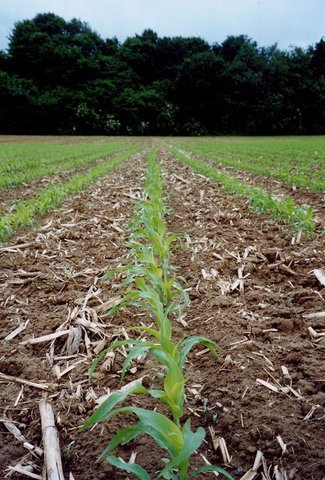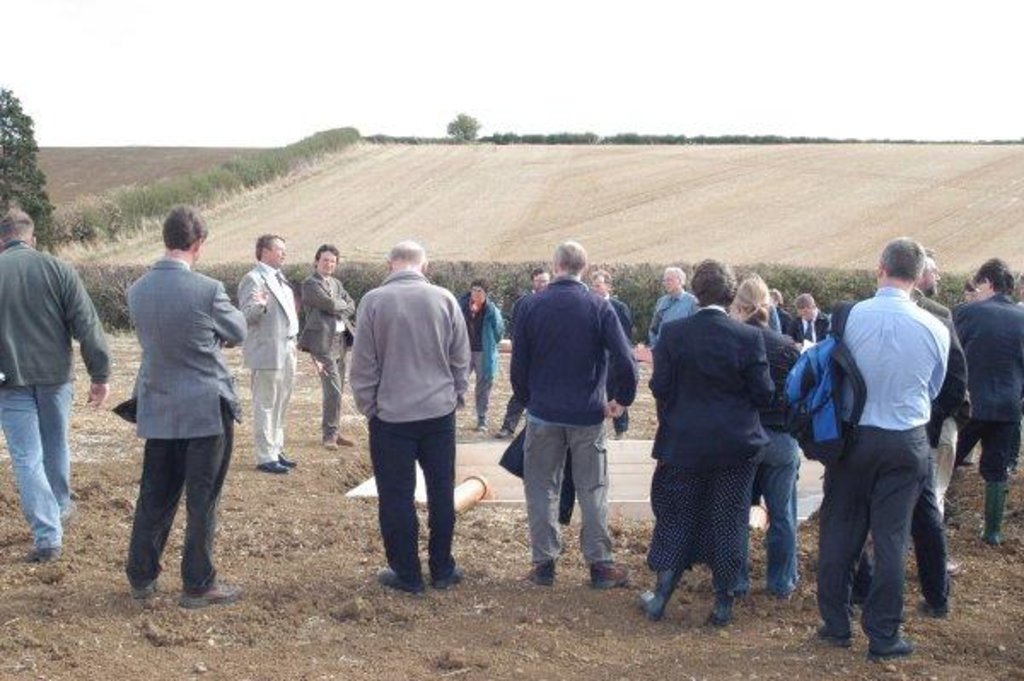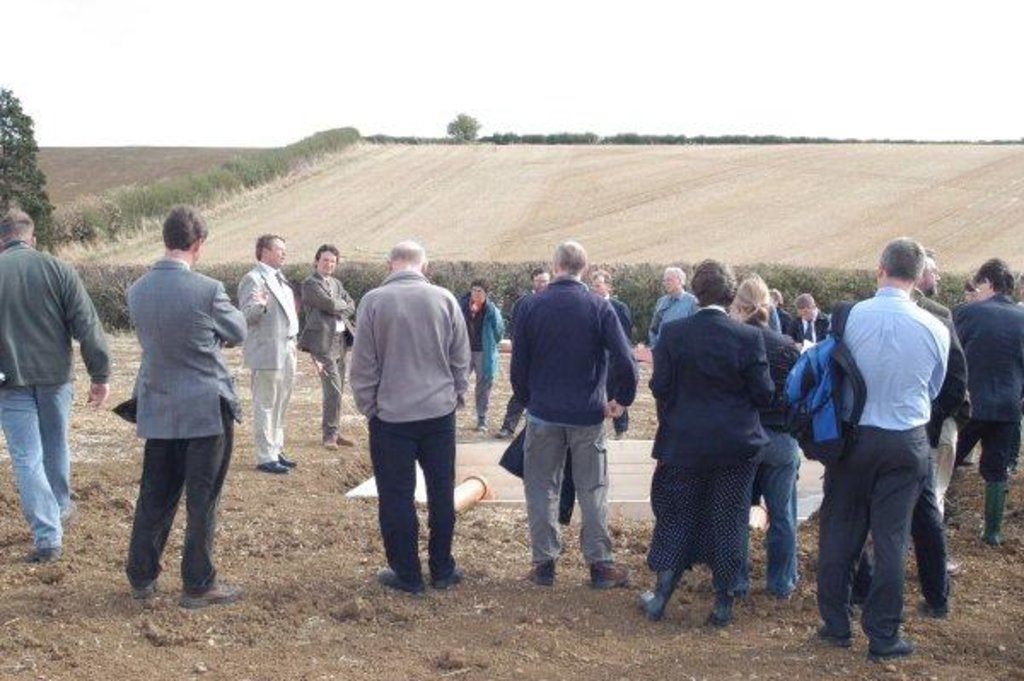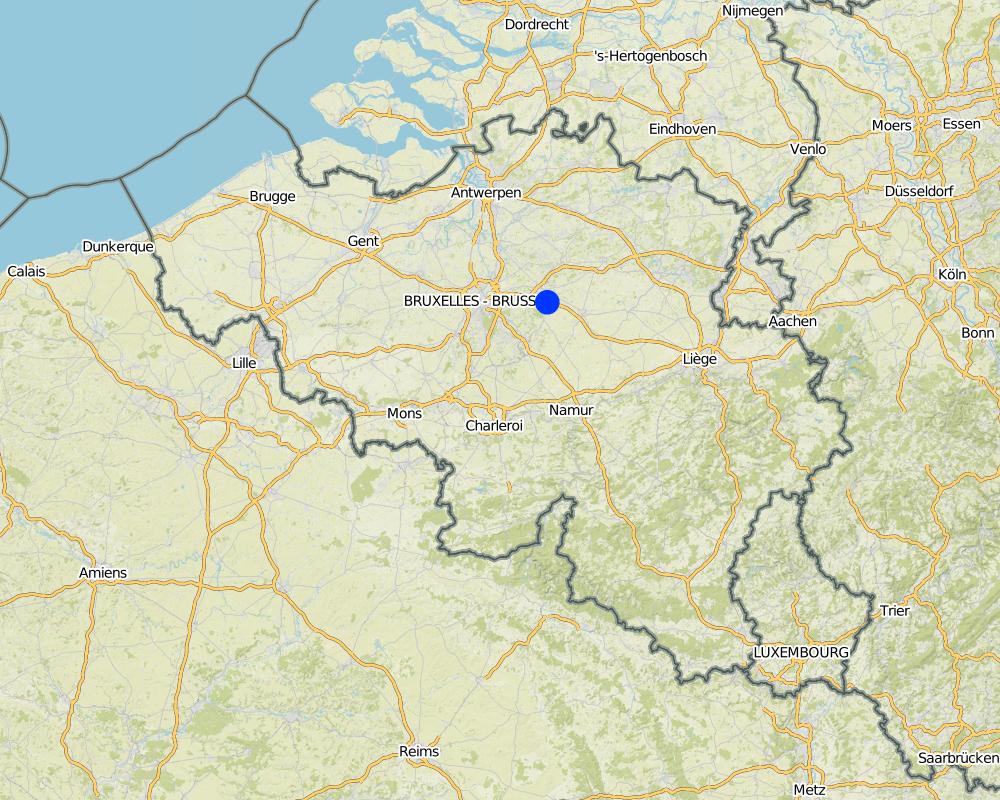Introduction of conservation agriculture in a highly mechanised agricultural system [Belgique]
- Création :
- Mise à jour :
- Compilateur : Unknown User
- Rédacteur : –
- Examinateur : Fabian Ottiger
approaches_2556 - Belgique
Voir les sections
Développer tout Réduire tout1. Informations générales
1.2 Coordonnées des personnes-ressources et des institutions impliquées dans l'évaluation et la documentation de l'Approche
Personne(s) ressource(s) clé(s)
Spécialiste GDT:
Gillijns Katleen
Cath. University Leuven
Oude Markt 13, 3000 Leuven
Belgique
Spécialiste GDT:
Govers Gerard
gerard.govers@ees.kuleuven.be
Cath. University Leuven
Belgique
Nom du projet qui a facilité la documentation/ l'évaluation de l'Approche (si pertinent)
Soil and water protection (EU-SOWAP)Nom du ou des institutions qui ont facilité la documentation/ l'évaluation de l'Approche (si pertinent)
Catholic University of Leuven (KU Leuven) - Belgique1.3 Conditions relatives à l'utilisation par WOCAT des données documentées
Le compilateur et la(les) personne(s) ressource(s) acceptent les conditions relatives à l'utilisation par WOCAT des données documentées:
Oui
1.4 Références au(x) questionnaire(s) sur les Technologies de GDT

Non-inversion deep cultivation [Belgique]
The technology consists of the use of cover crops and of a non-inversion seedbed preparation.
- Compilateur : Unknown User

Non-inversion shallow cultivation [Belgique]
The technology consists of the use of cover crops and of a non-inversion seedbed preparation
- Compilateur : Unknown User
2. Description de l'Approche de GDT
2.1 Courte description de l'Approche
Combination of 'dissemination of the SWC technology 'non-inversion tillage'' and research.
2.2 Description détaillée de l'Approche
Description détaillée de l'Approche:
Aims / objectives: To demonstrate the feasibility and stimulate the adaption of conservation tillage to the farmers.
Methods: (1) Collection of scientific data on farmer fields (yield and sediment production) and (2)intensive communication and discussion with farmers. Farmers are involved in the early stages of the project: also the local government and SWC specialists are target groups.
Stages of implementation: The project ( & approach) started in 2001. Every year, data is gathered at +- 15 fields of 10 farmers. The majority of the farmers have a positive attitude towards the approach. There is cooperation with other projects and with research institutes in the U.K. and Hungary. (They are working on the same project).
Other important information: Several times a year the information is communicated to other farmers through field visits and media.
2.3 Photos de l'approche
2.5 Pays/ région/ lieux où l'Approche a été appliquée
Pays:
Belgique
Autres spécifications du lieu :
Flanders
Map
×2.6 Dates de début et de fin de l'Approche
Indiquez l'année de démarrage:
2001
Date (année) de fin de l'Approche (si l'Approche n'est plus appliquée):
2006
2.7 Type d'Approche
- fondé sur un projet/ programme
2.8 Principaux objectifs de l'Approche
The Approach focused on SLM only
to overcome the problems listed in QA2.1.3.3 and to demonstrate (see question 2.1.1.2)
The SLM Approach addressed the following problems: Insufficient knwoledge on the SWC technology and their impact on ecology and economy.
2.9 Conditions favorisant ou entravant la mise en œuvre de la(des) Technologie(s) appliquée(s) sous l'Approche
normes et valeurs sociales/ culturelles/ religieuses
- entrave
fields are not 'clean', lack of knowledge of the technology
Treatment through the SLM Approach: demonstrating the benefits of the SWC technology
disponibilité/ accès aux ressources et services financiers
- entrave
benefits can only be seen in the long term, farmers are afraid that the yields will be less
Treatment through the SLM Approach: making a cost-benefit analysis, sharing the risk with the farmer
connaissances sur la GDT, accès aux supports techniques
- entrave
for some operations special machinery is needed
Treatment through the SLM Approach: working together with other farmers with agricultural contractors
3. Participation et rôles des parties prenantes impliquées dans l'Approche
3.1 Parties prenantes impliquées dans l'Approche et rôles
- exploitants locaux des terres / communautés locales
Working land users were mainly men (Most of the farmers in Belgium are men.)
- Spécialistes de la GDT/ conseillers agricoles
- chercheurs
3.2 Participation des exploitants locaux des terres/ communautés locales aux différentes phases de l'Approche
| Participation des exploitants locaux des terres/ communautés locales | Spécifiez qui était impliqué et décrivez les activités | |
|---|---|---|
| initiation/ motivation | aucun | workshops/seminars; The aims and planning of the project were discussed with a small group of farmers. |
| planification | aucun | workshops/seminars; idem |
| mise en œuvre | aucun | responsibility for major steps; Farmers were implementing the new SCW technology with advice from researchers. |
| suivi/ évaluation | aucun | public meetings; Pro's and contra's of the technology is duscussed with farmers. |
| Research | aucun | Farmers are informed about the obtained research results. |
3.4 Prises de décision pour la sélection de la Technologie/ des Technologies
Indiquez qui a décidé de la sélection de la Technologie/ des Technologies à mettre en œuvre:
- principalement les exploitants des terres soutenus par des spécialistes de la GDT
Expliquez:
Decisions on the method of implementing the SLM Technology were made by mainly by land users supported by SLM specialists
4. Soutien technique, renforcement des capacités et gestion des connaissances
4.1 Renforcement des capacités/ formation
Une formation a-t-elle été dispensée aux exploitants des terres/ autres parties prenantes?
Oui
Spécifiez qui a été formé:
- exploitants des terres
- SWC specialists, planners
Formats de la formation:
- sur le tas
- entre agriculteurs (d'exploitants à exploitants)
- zones de démonstration
- réunions publiques
Thèmes abordés:
problems of soil erosion - practical issues about new technology.
4.2 Service de conseils
Les exploitants des terres ont-ils accès à un service de conseils?
Oui
4.3 Renforcement des institutions (développement organisationnel)
Des institutions ont elles été mises en place ou renforcées par le biais de l'Approche?
- non
4.4 Suivi et évaluation
Le suivi et l'évaluation font ils partie de l'Approche? :
Oui
Commentaires:
bio-physical aspects were regular monitored through measurements
technical aspects were ad hoc monitored through observations
economic / production aspects were regular monitored through measurements; indicators
no. of land users involved aspects were ad hoc monitored through measurements
There were no changes in the Approach as a result of monitoring and evaluation
4.5 Recherche
La recherche a-t-elle fait partie intégrante de l’Approche?
Oui
Spécifiez les thèmes:
- économie/ marketing
- écologie
Donnez plus de détails et indiquez qui a mené ces recherches:
Collection of scientific data on farmer yields (yield and sediment production). This information is afterwards communicated to the farmers.
Research was carried out on-farm
5. Financement et soutien matériel externe
5.1 Budget annuel de la composante GDT de l'Approche
Commentez (par ex. principales sources de financement/ principaux bailleurs de fonds):
Approach costs were met by the following donors: international (EU-LIFE): 50.0%; other (SYNGENTA): 50.0%
5.3 Subventions pour des intrants spécifiques (incluant la main d'œuvre)
- aucun
Si la main d'œuvre fournie par les exploitants des terres était un intrant substantiel, elle était:
- payée en espèces
Commentaires:
Farmers were asked to split up a field: one part was conventional tilled and on the other part the SWC technology was applied. Farmers were paid for the extra work of splitting a field.
5.4 Crédits
Des crédits ont-ils été alloués à travers l'Approche pour les activités de GDT?
Non
6. Analyses d'impact et conclusions
6.1 Impacts de l'Approche
Est-ce que l'Approche a aidé les exploitants des terres à mettre en œuvre et entretenir les Technologies de GDT?
- Non
- Oui, un peu
- Oui, modérément
- Oui, beaucoup
Less soil is eroded through implementation of the QT.
There are no strong land use rights.
Did other land users / projects adopt the Approach?
- Non
- Oui, un peu
- Oui, modérément
- Oui, beaucoup
Some other projects in Belgium were setup with the same approach.
6.3 Durabilité des activités de l'Approche
Les exploitants des terres peuvent-ils poursuivre ce qui a été mis en œuvre par le biais de l'Approche (sans soutien extérieur)?
- oui
6.4 Points forts/ avantages de l'Approche
| Points forts/ avantages/ possibilités du point de vue du compilateur ou d'une autre personne ressource clé |
|---|
| The combination of scientific research and direct interaction with farmers is a promising strategy to stimulate the adoption of conservation tillage. |
7. Références et liens
7.1 Méthodes/ sources d'information
- visites de terrain, enquêtes sur le terrain
- interviews/entretiens avec les exploitants des terres
7.2 Références des publications disponibles
Titre, auteur, année, ISBN:
SOWAP - project 2003-2006
Disponible à partir d'où? Coût?
www.sowap.org
Liens et modules
Développer tout Réduire toutLiens

Non-inversion deep cultivation [Belgique]
The technology consists of the use of cover crops and of a non-inversion seedbed preparation.
- Compilateur : Unknown User

Non-inversion shallow cultivation [Belgique]
The technology consists of the use of cover crops and of a non-inversion seedbed preparation
- Compilateur : Unknown User
Modules
Aucun module trouvé





